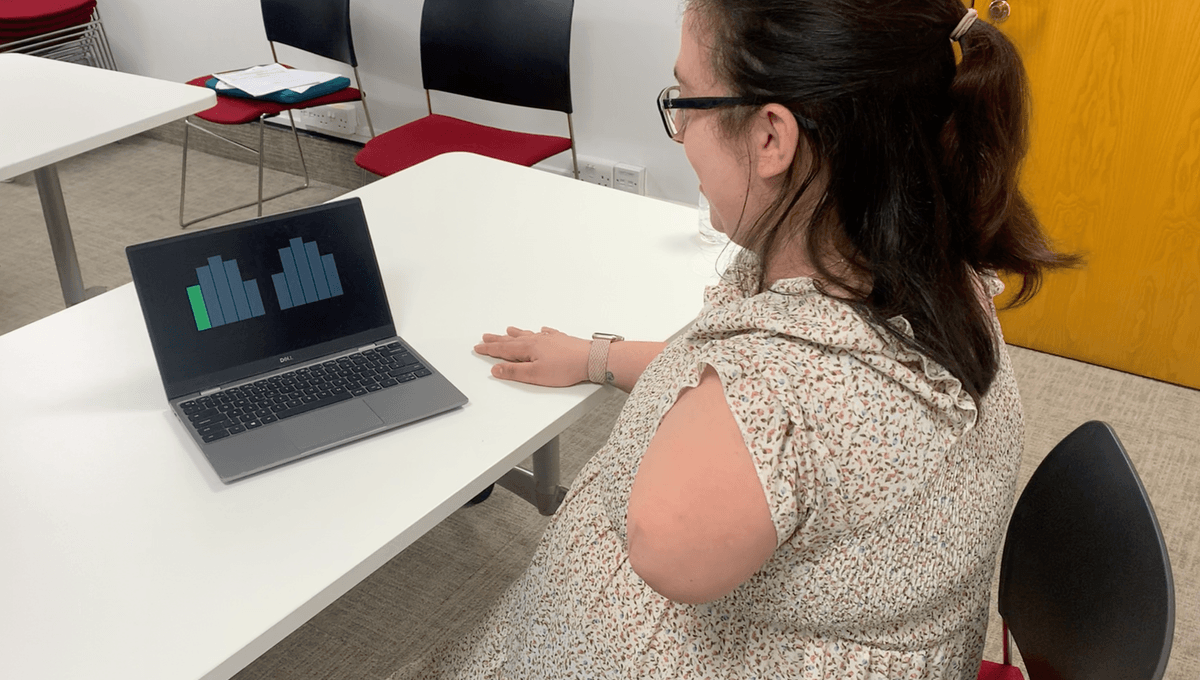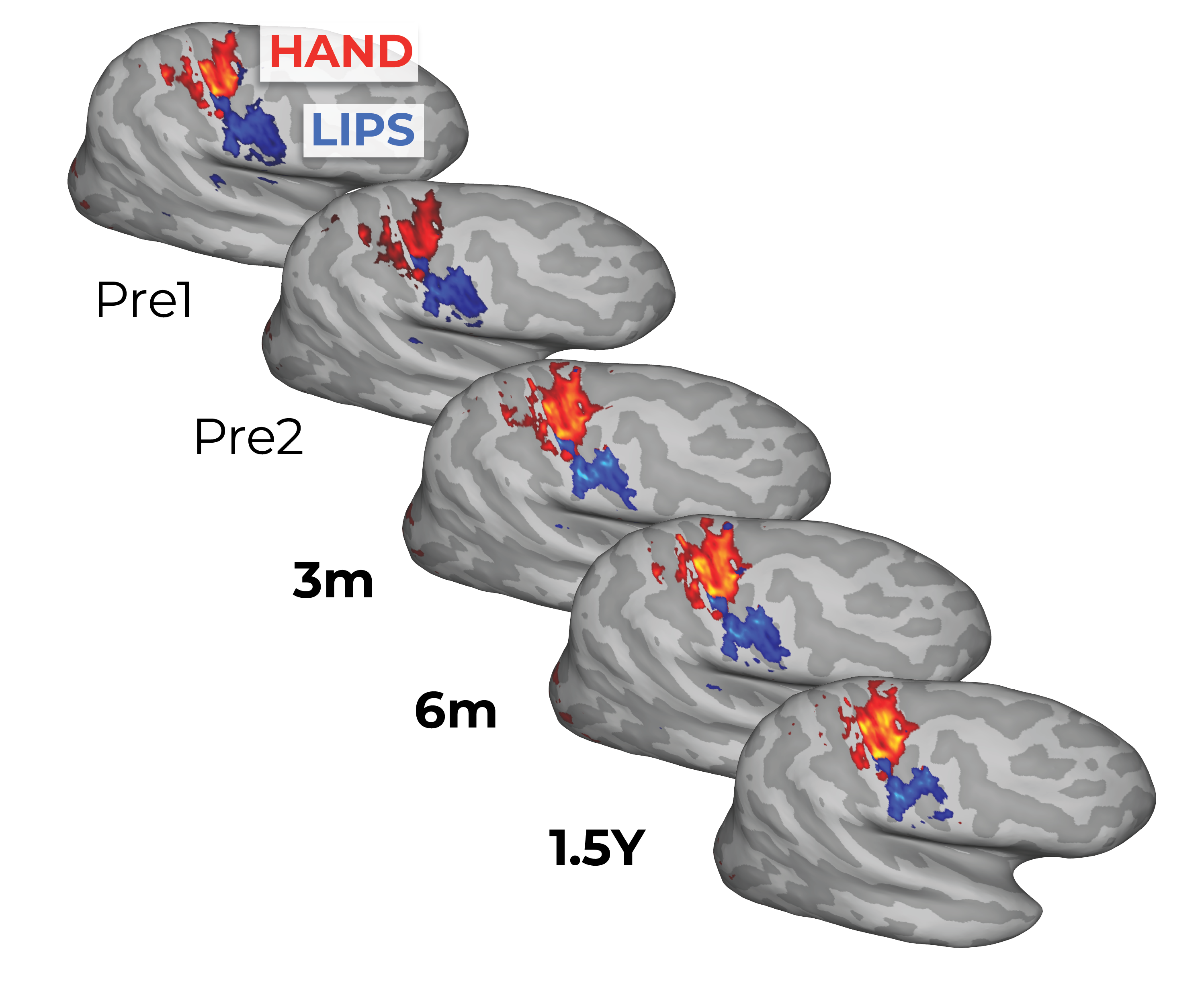Your Brain Doesn’t Update Its Body Map When You Lose A Limb, Upending 50-Year-Old Assumptions

Your Brain Doesn’t Update Its Body Map When You Lose A Limb, Upending 50-Year-Old Assumptions
Your brain holds on to a map of your body, even if it is altered drastically during your lifetime – such as having a limb amputated. Contrary to previous assumptions, a new study shows that the brain’s body map is remarkably unchanging, an insight that could help amputees experiencing phantom limb pain.
The rest of this article is behind a paywall. Please sign in or subscribe to access the full content. Phantom limb sensations affect the majority of amputees to some degree or another. Neuroscientist Dr Austin Lim, who recently appeared at IFLScience’s CURIOUS Live event, wrote in his book Horror On The Brain: The Neuroscience Behind Science Fiction, “Many describe their phantom limb pains as a crawling feeling on the skin, a burning, the sudden feeling of a spike driven through the missing body part, or the feeling as if their hand is clenched and won’t open.” Treating these uncomfortable sensations, however, is not a simple prospect. The brain’s somatosensory cortex holds within it a detailed map of the body. Different regions of the cortex represent different areas of the body and respond to sensory inputs received from them – for example, there’s a bit of tissue that is responsible for the nose, which would respond if someone were to boop it. All the sensory information we receive from our environment gets processed by this cortex, so the brain has an idea of not only what inputs we’re receiving but where they’re coming from too. Over decades of research, it’s been widely thought that the somatosensory cortex reorganizes itself in the wake of major changes to the body, such as losing a limb. But that wouldn’t explain what 85 percent of amputees, according to Lim, report – phantom sensations, pain, and a general feeling that the missing parts are still there. Some research therefore began to challenge the old assumptions, and this latest study adds to this body of evidence. The team followed three individuals during the process of having a hand amputated, making this the first study to investigate hand and face brain maps both before and after amputation in the same patients. The participants were asked to move, or attempt to move, their fingers and lips while having their brains scanned with functional magnetic resonance imaging (fMRI). This was performed before the surgery and repeated three and six months later. One participant was scanned again after 18 months, and another was followed up after five years. Research participant Emily Wheldon tested before and at various timepoints after her amputation surgery. Image credit: Tamar Makin/Hunter Schone “Because of our previous work, we suspected that the brain maps would be largely unchanged, but the extent to which the map of the missing limb remained intact was jaw-dropping,” said study lead Tamar Makin, now a professor at the University of Cambridge, in a statement. Not only had the participants’ brains not “forgotten” their missing hands, but there had been no functional reorganization of the cortex. The scientists had suspected that the area for the face – which sits next to the one for the hands – might encroach on its neighbor now that the hand was missing, but that wasn’t the case. “Bearing in mind that the somatosensory cortex is responsible for interpreting what’s going on within the body, it seems astonishing that it doesn’t seem to know that the hand is no longer there,” said Makin. Very little change was observed in the brain maps pre- and post-amputation. Image credit: Tamar Makin/Hunter Schone As to why previous generations of neuroscientists seemingly got this so wrong, the team believes it’s down to a misunderstanding of how the somatosensory cortex normally works. It’s true that it “maps” the body, with particular areas responding to particular sensory inputs, but each part of the cortex doesn’t only respond to, say, the fingers or the nose. You will still see some activity from neighboring regions if you know to look for it, which they believe has previously been misinterpreted as those regions “taking over” after an amputation. Understanding that the brain map stays stable over time means we can rethink our approach to phantom limb sensations, and even the possibility of restoring lost sensations in people with paralysis or those who use prosthetics. “This allows us to move into the next frontier: accessing finer details of the hand map, like distinguishing the tip of the finger from the base, and restoring the rich, qualitative aspects of sensation, such as texture, shape and temperature,” said first author Hunter Schone. “This study is a powerful reminder that even after limb loss, the brain holds onto the body, waiting to reconnect.” The study is published in Nature Neuroscience. “The extent to which the map of the missing limb remained intact was jaw-dropping”




